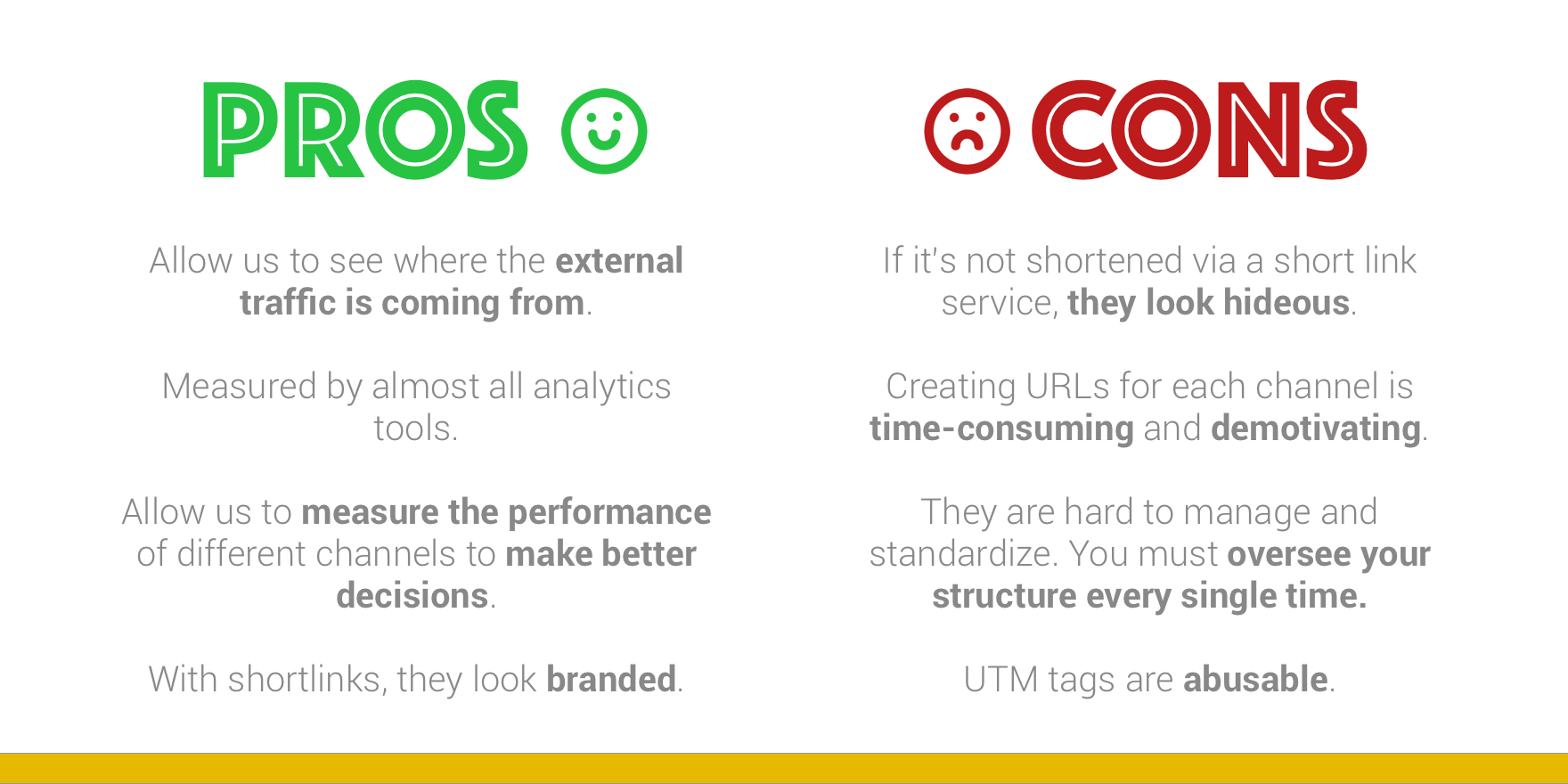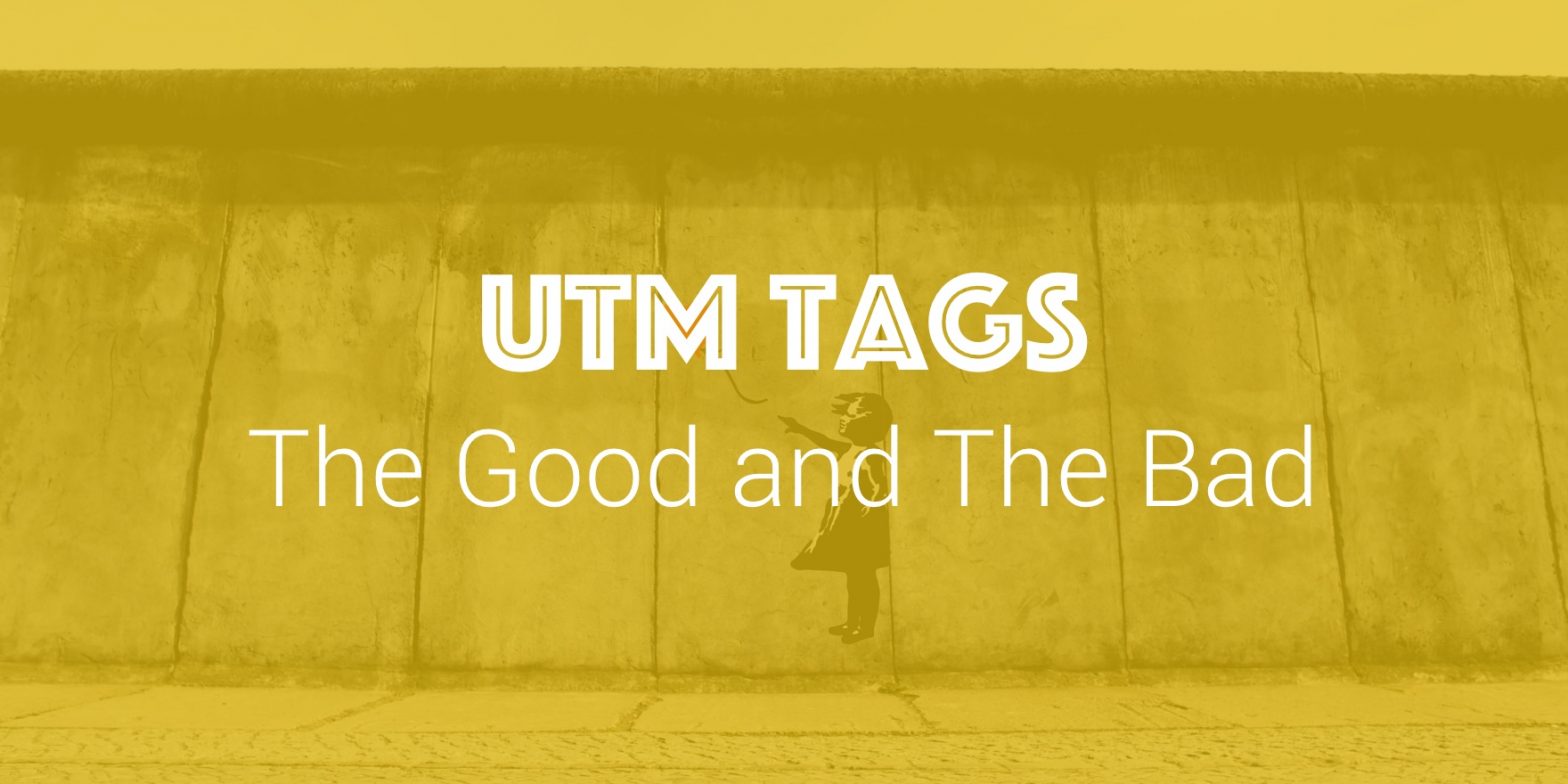UTM tags allow us to track any URL we put out there. Of course, it is a necessity. Even though you can manage and analyze all the traffic you have at your owned channels, you don’t have any visibility over the traffic coming from the external channels. Hence, we need to use it.
But. With all these advantages, don’t UTM tags have any weaknesses or even negative sides?
Let’s start with the good UTM tag. I’m using UTM tags for a long time now, and when their tagging and management side is gone, they are pretty great! Let’s go through the good UTM tag.
- UTM tags allow us to see where the external traffic is coming from, and with which purpose.
- Not just that, they are being measured by almost all analytics tools, which makes it very universal.
- Seeing the external traffic data allows us to see which channels work the best, leading better investment decisions.
- Yeah, they are pretty bad looking, but when short links are used, they even might look nice.
That is the positive UTM tag. But not every aspect of a thing is positive, just like we have in the UTM tags. Yes, UTM tags have a dark side.
Let’s talk about the bad UTM tag.
- The first one will be very straightforward. If it’s not shortened via a short link service, then they look hideous.
- Creating UTM-tagged URLs for each channel before sharing a piece of content is time-consuming and demotivating. Even a social media share will make you create several UTM-tagged links, and copy & paste them to each channel.
- They are hard to manage and standardize. You must have a structure, and see what your site-wide details are. Hence, you need to save all the UTM tags you’ve used.
- Last but the biggest. Unfortunately, they are abusable. People can change UTM tags manually, and you can see weird traffic sources on your analytics tool. Actually, some SEO related companies are using this as a growth hack to show themselves on your analytics tools. But, this makes UTM tags a little bit unsafe.

How to use UTMs, but don’t spend hours on it?
There are several areas that you can optimize this process. One great way is using an auto UTM-tagging marketing automation tool, like HubSpot.
HubSpot automatically adds UTM-tags to your URLs if you specify the campaign name. If not, it still is not very strong – but if there is a campaign, it’s a great tool. One other example tool is Buffer. Buffer, tags all shared social media URLs with utm_campaign_name buffer. But you can also edit these default UTM information for auto-tagging.
The second way is using UTM management tools. They are not way better than tracking UTM tags via a spreadsheet, but still, they have powerful side tools to use.

Leave a Reply